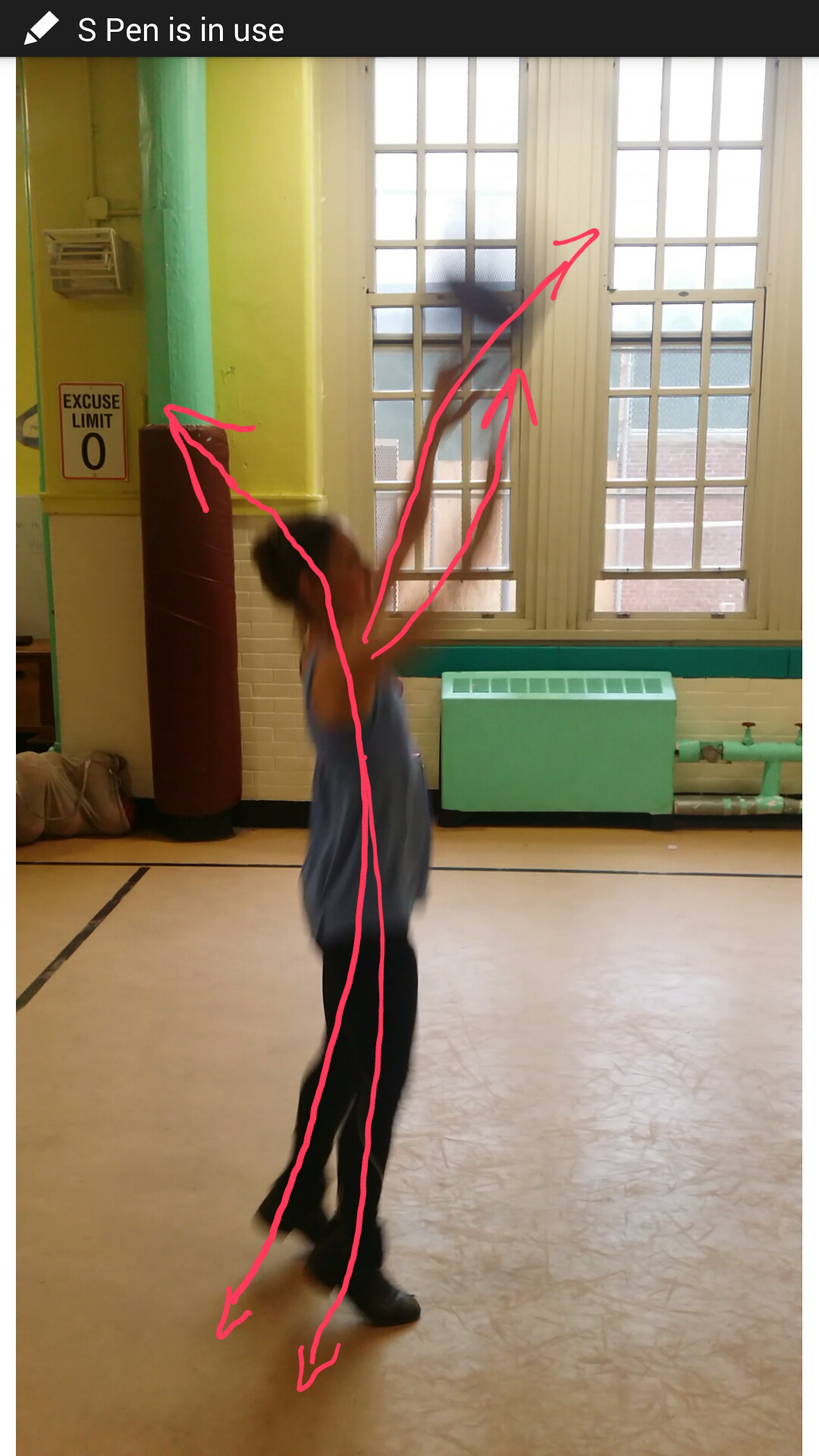 by Brooke Lieb
*I recommend NOT riding the ferris wheel in the first place, but if you do find yourself having to manage your fear of heights, at least you might be able to ease some of the discomfort.
by Brooke Lieb
*I recommend NOT riding the ferris wheel in the first place, but if you do find yourself having to manage your fear of heights, at least you might be able to ease some of the discomfort.
In early August 2016, I joined a friend of mine on her birthday adventure to Coney Island. There were three other friends joining us, and the five us rode the F train to the last stop. Our first stop was the 150 foot high Wonder Wheel. The birthday person vetoed the moving cars, the ones that swing along the spokes, towards and away from the center of the wheel, in favor of a stationary car, which had instructions “Do Not Swing This Car” repeatedly posted outside the ride and inside our car.
We bought a discount ticket – Five rides for $30.
There was no line, and there weren’t many people on the ride. That would mean less stops as riders got off and on, so this would be over soon enough.
I got in the back with one other woman, and our Birthday person and her two remaining friends got in front.
My seat companion began to tense up the moment we began our ascent. She expressed her discomfort at heights, and I could see she was starting to panic, just a bit.
“I don’t like heights, either” I said. “This is what we’re going to do. Let’s both move into the middle of the car. Look down at the floor, at our feet. I’m going to hold your hand, and we’re going to breath together. I bet your heart is pounding like a scared rabbit in your chest, I know mine is!”
“Yes, it is…” she said.
“Now, as you’re breathing, if you can think about releasing any tension at the nape of your next, that can help to.”
We managed to look out at the view, part of the time. We kept periodically stopping, rocking in the air and hearing the creaking sound of metal as riders were let off and on the ride. There was no way I could pretend this wasn’t happening.
I held my seat mate’s hand, and tried to see what else was happening, as I took comfort in knowing I would with another being at the moment of my death if this car came off and plunged to the ground. (Yes, I was ABSOLUTELY having those kinds of thoughts!)
Our birthday person’s two friend in the front were doing well, though she wasn’t so keen on it…
One woman had her selfie-stick out and was snapping shots of all of us and the view. The other woman, sitting in the middle, was very easy going and relaxed. Clearly, these two weren’t experiencing anxiety like the rest of us.
“You have a very calming effect” my seat mate said.
“Doesn’t she?” my friend replied.
As we began our descent of the first rotation, my friend speculated “Maybe we only go around once…” with hope.
Coming down didn’t bother me at all, and my anxiety immediately receded as we finished our first rotation. When we didn’t stop, heading up again, my friend said “Well, then it’s only two rotations, because it’s not too busy.”
I was surprised by the return, in full force, of my pounding heart, fluttering stomach and general discomfort as we headed up for the second round. My seat mate was just as uncomfortable as she had been during our last trip up.
We did talk about our discomfort throughout the ride, and the other women were sympathetic to our reactions. It strikes me, in retrospect, that it must’ve helped that we didn’t have to contend with either teasing or well intentioned attempts to calm us with intellectual reasoning. There is nothing intellectual about this fear response.
Once we were on our descent for the second and thankfully final revolution, my anxiety dissipated and was gone by the time I embarked from the ride.
What has the Alexander Technique got to do with this story?
It is my long time study of the Alexander Technique that gave me the skill to summon my inner resources in the face of a frightening experience. I have learned how to stay more present in moments when I have historically panicked.
Part of my skill as a teacher of the Alexander Technique allows me to teach others to summon their inner resources, and the act of teaching gets my attention off my own internal reaction to things that trigger me. Taking care of my student, by teaching and modeling this self-soothing, is best taught by me actually self-soothing as I teach. It’s a win-win.
Alexander calls this self-soothing skill “inhibiting” – that is, interrupting a habitual cascade of responses to a trigger (Alexander referred to it as a stimulus), in order to stay more present to assess the current situation more accurately, in order to respond more appropriately to this moment, in this moment.
I have an old whiplash injury, so any abrupt impact, whether it’s front-to-back or side-to-side triggers my injury.
I skipped the kiddy rollercoaster, I don’t ride any rollercoasters, and I don’t do water rides.
I do fine with spinning rides, so bring on the Merry-Go-Round!
I know I can survive the Ferris Wheel, so if someone offers me a good enough incentive (I am seeing a $ with at least 3 zeros after it…) I can do it, but otherwise, there’s no reason for me to EVER ride one again…
[author] [author_image timthumb='on']http://www.acatnyc.org/main/wp-content/uploads/2014/01/Brooke1web.jpg[/author_image] [author_info]N. BROOKE LIEB, Director of Teacher Certification since 2008, received her certification from ACAT in 1989, joined the faculty in 1992. Brooke has presented to 100s of people at numerous conferences, has taught at C. W. Post College, St. Rose College, Kutztown University, Pace University, The Actors Institute, The National Theatre Conservatory at the Denver Center for the Performing Arts, Dennison University, and Wagner College; and has made presentations for the Hospital for Special Surgery, the Scoliosis Foundation, and the Arthritis Foundation; Mercy College and Touro College, Departments of Physical Therapy; and Northern Westchester Hospital. Brooke maintains a teaching practice in NYC, specializing in working with people dealing with pain, back injuries and scoliosis; and performing artists. www.brookelieb.com[/author_info] [/author]
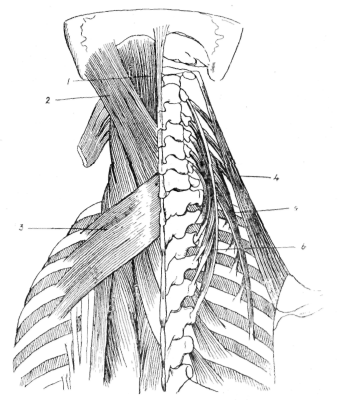 Experiential Anatomy and Alexander Techniquewith Witold Fitz-Simon
Experiential Anatomy and Alexander Techniquewith Witold Fitz-Simon
 by Brooke Lieb
*I recommend NOT riding the ferris wheel in the first place, but if you do find yourself having to manage your fear of heights, at least you might be able to ease some of the discomfort.
by Brooke Lieb
*I recommend NOT riding the ferris wheel in the first place, but if you do find yourself having to manage your fear of heights, at least you might be able to ease some of the discomfort.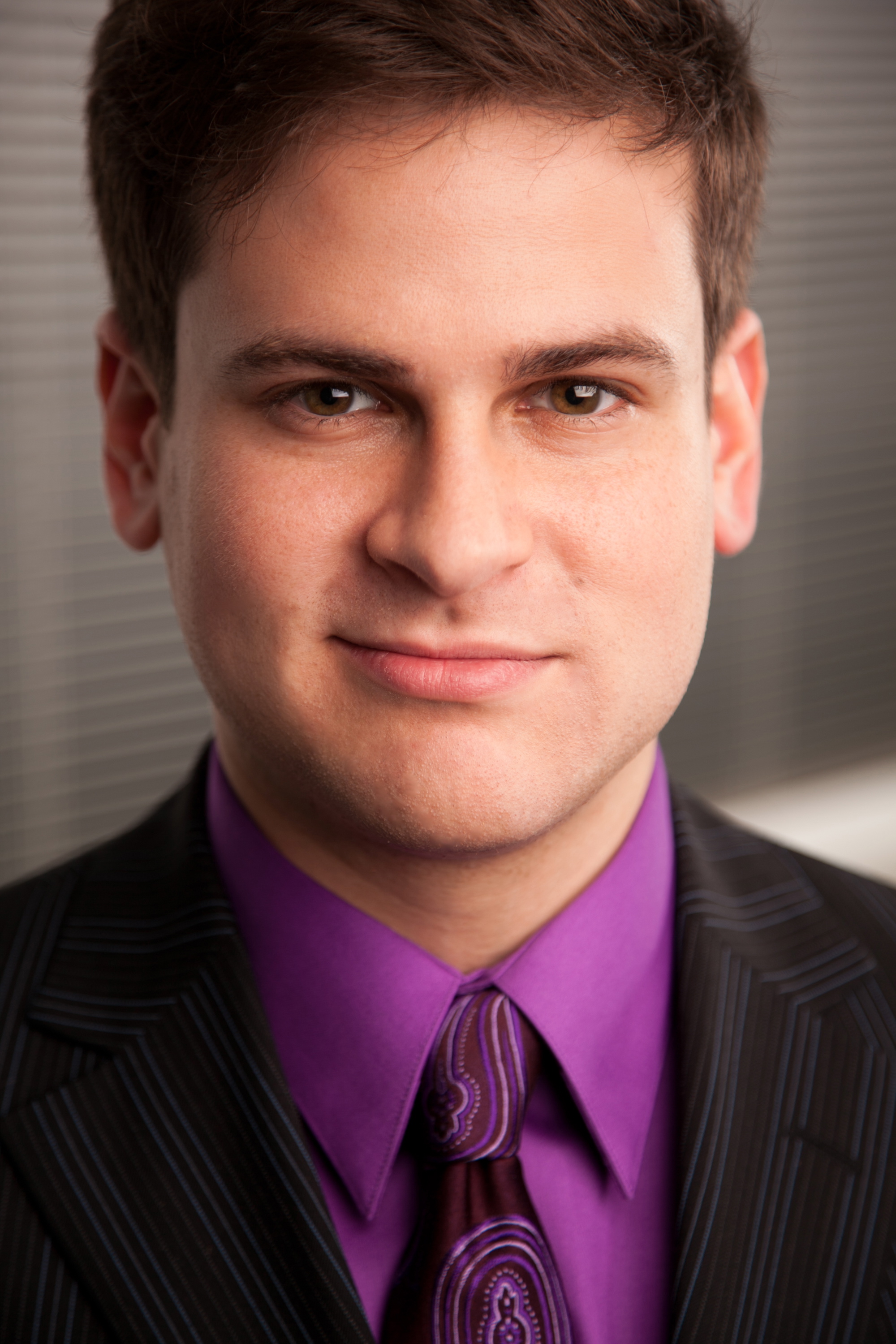 by Brooke Lieb
LIEB
by Brooke Lieb
LIEB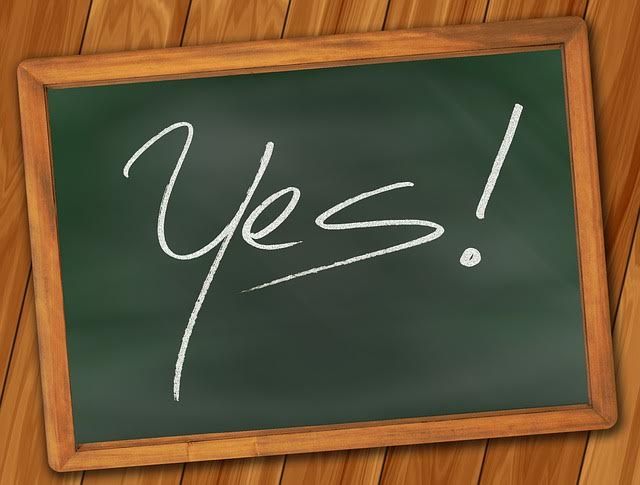 by Brooke Lieb
I have been involved in business and life coaching and spiritual communities that were all about being a yes. “Being a Yes” means looking on the positive side of things, going for it, not taking no for an answer, and with that, the dark underside of self recrimination, FOMO (fear of missing out), shame if I’m not being a yes, and the uncomfortable feeling that comes when you say yes in times when a “no” is more authentic.
by Brooke Lieb
I have been involved in business and life coaching and spiritual communities that were all about being a yes. “Being a Yes” means looking on the positive side of things, going for it, not taking no for an answer, and with that, the dark underside of self recrimination, FOMO (fear of missing out), shame if I’m not being a yes, and the uncomfortable feeling that comes when you say yes in times when a “no” is more authentic.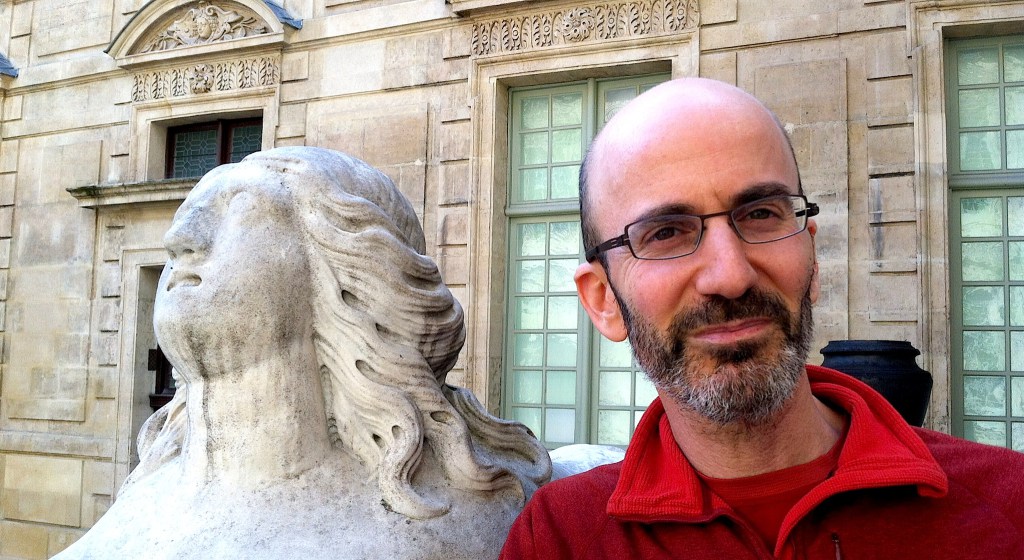 by Brooke Lieb
Q. What, if anything, did you learn from putting hands on faculty?
by Brooke Lieb
Q. What, if anything, did you learn from putting hands on faculty?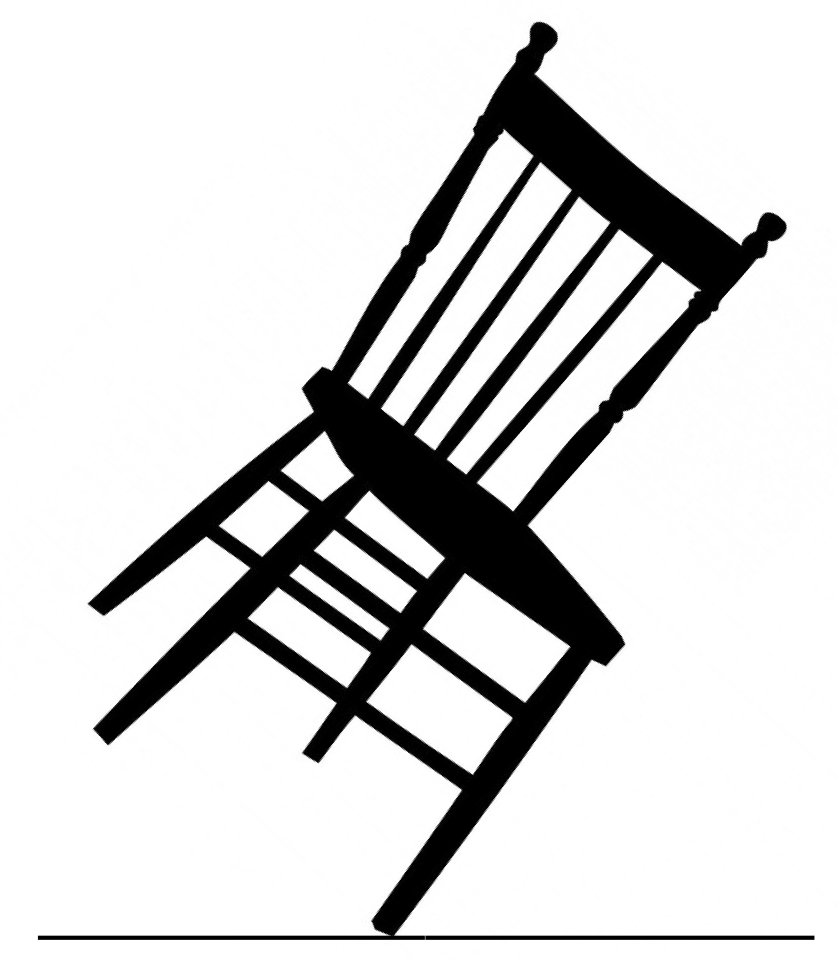 by Ezra Bershatsky
It is almost irresistible to become fascinated with the philosophies that are so perfectly compatible with the Alexander Technique; to revel in the Zen-like mysticism it inspires: “The chair lifts; I don’t lift it," or "I am breathed." For some, this is confirmation of what they already believe. However, I think this only serves to obscure for others and even ourselves what is actually happening.
by Ezra Bershatsky
It is almost irresistible to become fascinated with the philosophies that are so perfectly compatible with the Alexander Technique; to revel in the Zen-like mysticism it inspires: “The chair lifts; I don’t lift it," or "I am breathed." For some, this is confirmation of what they already believe. However, I think this only serves to obscure for others and even ourselves what is actually happening. by Brooke Lieb
by Brooke Lieb by Mariel Berger
Many thanks to my Alexander Technique teachers: Witold Fitz-Simon and Jane Dorlester.
by Mariel Berger
Many thanks to my Alexander Technique teachers: Witold Fitz-Simon and Jane Dorlester.
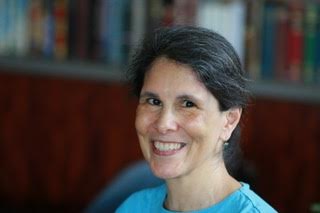 by Brooke Lieb
by Brooke Lieb
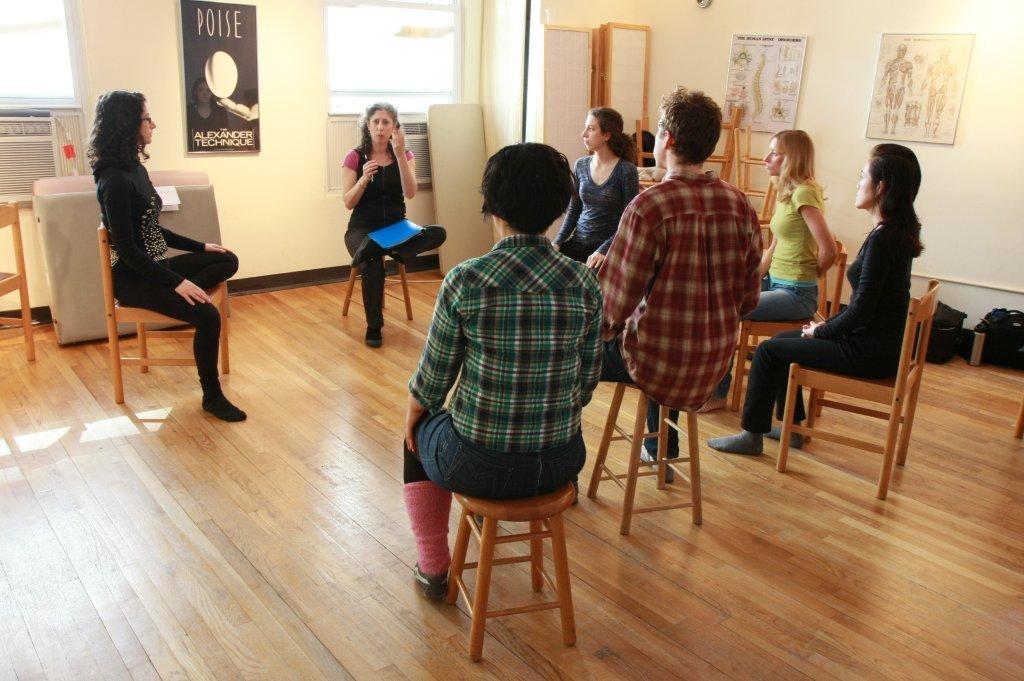 by Brooke Lieb, ACAT Training Director
ACAT’s Teacher Certification Program follows a developmental curriculum, which has been refined over the last 49 years. Our program is designed so that our graduates are prepared, and more importantly, are confident about their ability to teach, by the time they receive their teaching certification.
by Brooke Lieb, ACAT Training Director
ACAT’s Teacher Certification Program follows a developmental curriculum, which has been refined over the last 49 years. Our program is designed so that our graduates are prepared, and more importantly, are confident about their ability to teach, by the time they receive their teaching certification.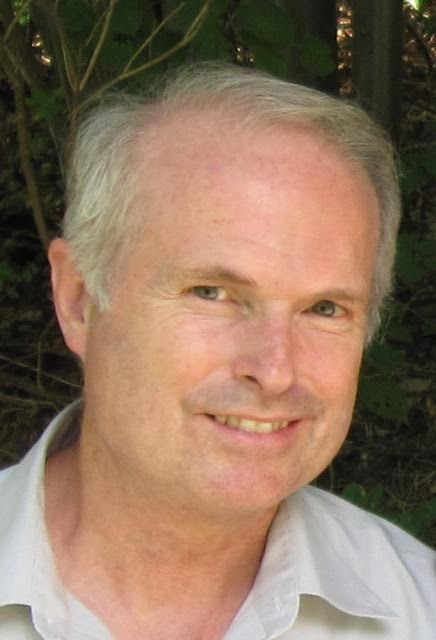 by Anastasia Pridlides
by Anastasia Pridlides by Patty de Llosa
by Patty de Llosa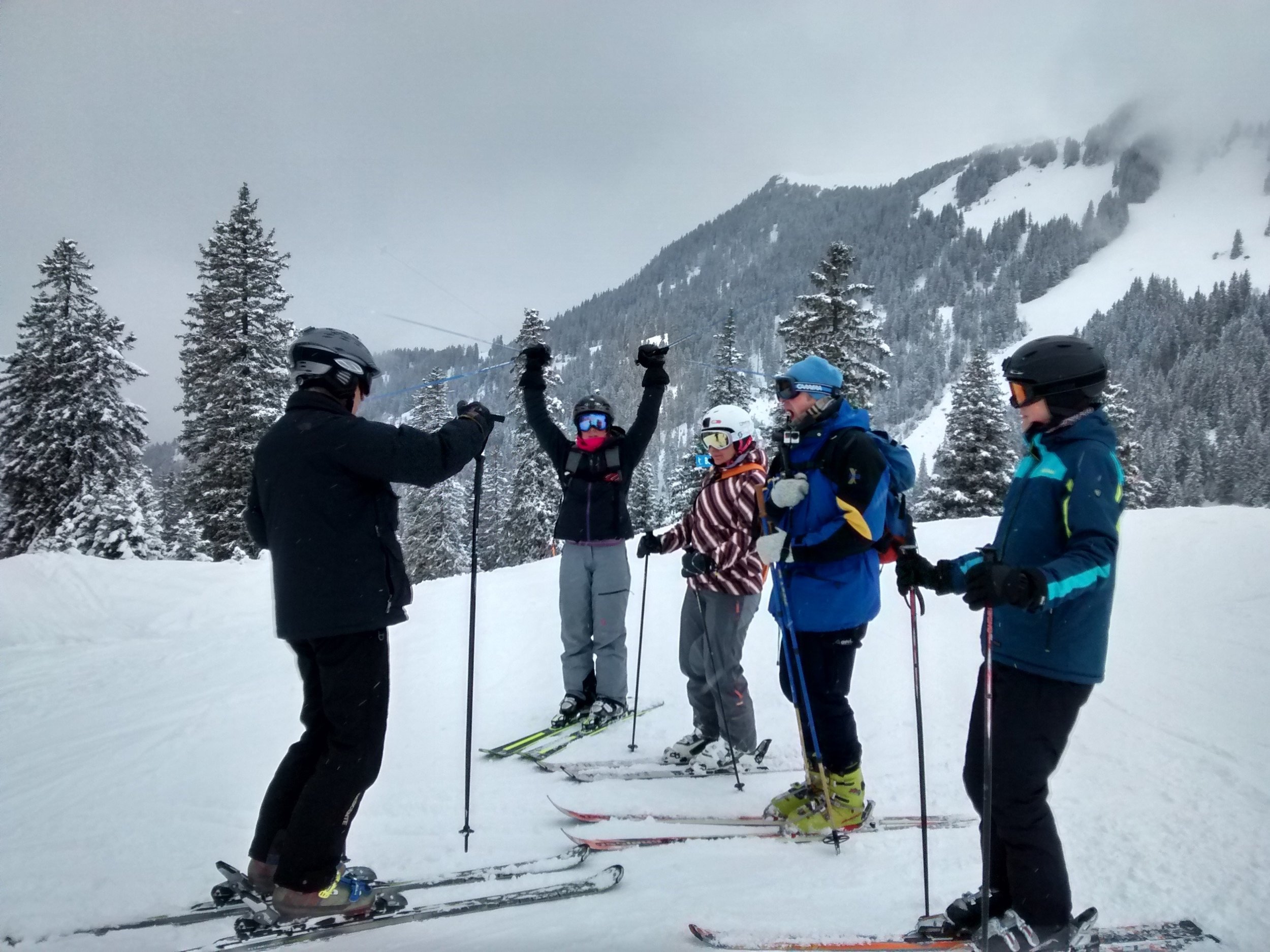 by Emily Faulkner
This past February, I had the good fortune to travel to the Alps to take Erik Bendix’ one week Ease on Skis workshop. I am a passionate skier, and not too bad at it, but having started skiing late in life, I am always frustrated by how slowly I seem to progress and how hampered I am by fear. As a dancer, I love to move. The technique of skiing - the rhythm and the fluid motion – is magical when it comes together, but frustratingly elusive. As soon as I approach a pitch that seems too steep, a patch of ice, or some unexpected bumps, fear takes over, my technique goes out the window, and skiing becomes a matter of survival instead of joy. The Alexander Technique is, of course, the perfect medium by which to analyze fear and response. Enter Ease on Skis!
by Emily Faulkner
This past February, I had the good fortune to travel to the Alps to take Erik Bendix’ one week Ease on Skis workshop. I am a passionate skier, and not too bad at it, but having started skiing late in life, I am always frustrated by how slowly I seem to progress and how hampered I am by fear. As a dancer, I love to move. The technique of skiing - the rhythm and the fluid motion – is magical when it comes together, but frustratingly elusive. As soon as I approach a pitch that seems too steep, a patch of ice, or some unexpected bumps, fear takes over, my technique goes out the window, and skiing becomes a matter of survival instead of joy. The Alexander Technique is, of course, the perfect medium by which to analyze fear and response. Enter Ease on Skis!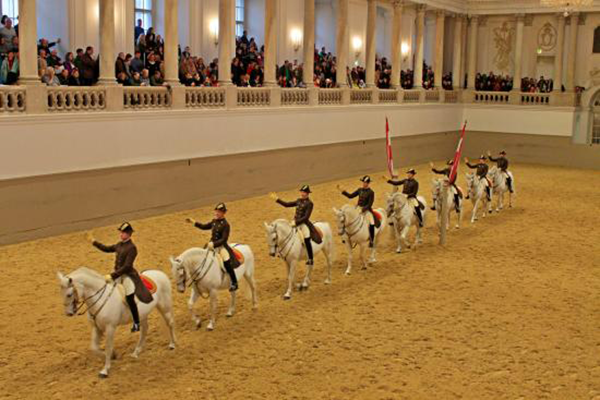 by Patty de Llosa
Hurrying speeds us away from the present moment, expressing a wish to be in the future because we think we’re going to be late. To counter it, Master Alexander teacher Walter Carrington told his students to repeat each time they begin an action: “I have time.” He tells us that on his visit to the Spanish Riding School of Vienna, where horses and riders are trained to move in unison, the director ordered the circling students to break into a canter, adding, “What do you say, gentlemen?” And they all replied together, “I have time.” Try it yourself sometime when you’re in a hurry. Send yourself a message to delay action for a nano-second before jumping into the fray.
by Patty de Llosa
Hurrying speeds us away from the present moment, expressing a wish to be in the future because we think we’re going to be late. To counter it, Master Alexander teacher Walter Carrington told his students to repeat each time they begin an action: “I have time.” He tells us that on his visit to the Spanish Riding School of Vienna, where horses and riders are trained to move in unison, the director ordered the circling students to break into a canter, adding, “What do you say, gentlemen?” And they all replied together, “I have time.” Try it yourself sometime when you’re in a hurry. Send yourself a message to delay action for a nano-second before jumping into the fray.
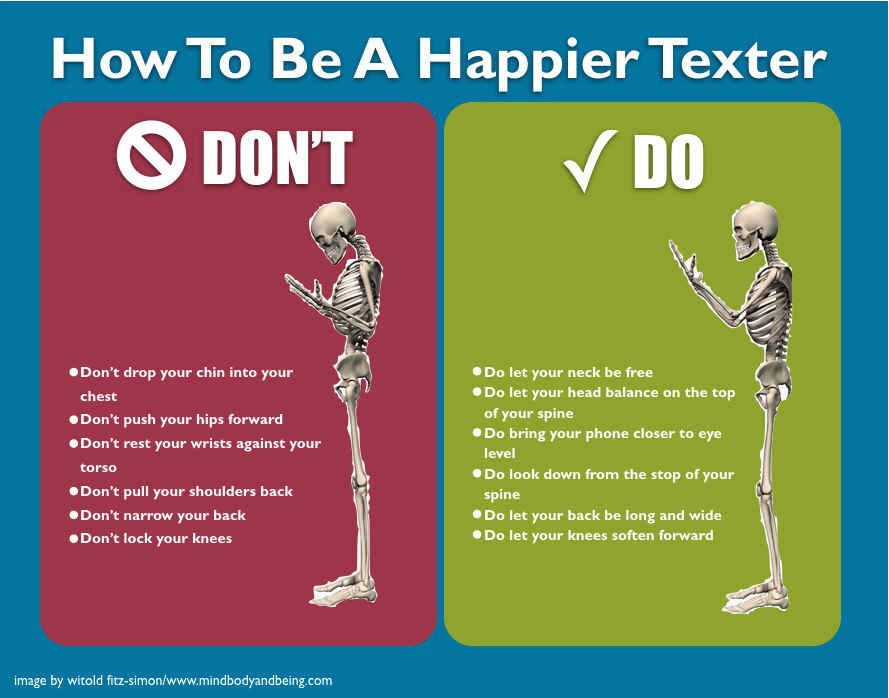
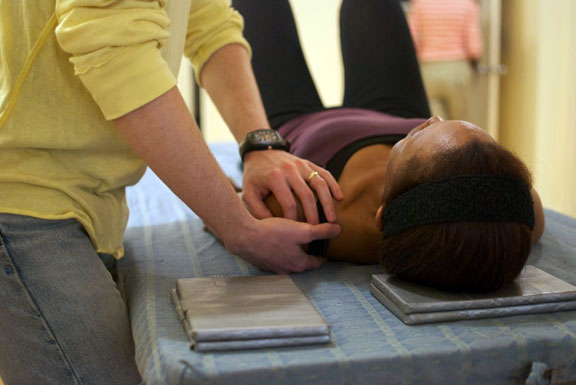 by Brooke Lieb
When I was taking private lessons, I had no idea how my teacher was facilitating changes in my sense of ease and freedom, I just knew it was different from anything I had ever experienced. I recognized some of it was what what she told me to think and wish for, but it seemed most of the changes were the result of some mysterious and magical quality in her hands.
by Brooke Lieb
When I was taking private lessons, I had no idea how my teacher was facilitating changes in my sense of ease and freedom, I just knew it was different from anything I had ever experienced. I recognized some of it was what what she told me to think and wish for, but it seemed most of the changes were the result of some mysterious and magical quality in her hands. by Dan Cayer
A couple years ago, a quiet 17-year-old who I’ll call Len, was referred to me by his mother for a course of Alexander Technique lessons. She had heard that the AT could improve his posture and help him focus. Nearly 6’4” – and still growing – he stood and sat with a pronounced slump, which was likely contributing to back pain. His mother also suspected that his slouch was, partially, an attempt to not “stick out” at school.
by Dan Cayer
A couple years ago, a quiet 17-year-old who I’ll call Len, was referred to me by his mother for a course of Alexander Technique lessons. She had heard that the AT could improve his posture and help him focus. Nearly 6’4” – and still growing – he stood and sat with a pronounced slump, which was likely contributing to back pain. His mother also suspected that his slouch was, partially, an attempt to not “stick out” at school.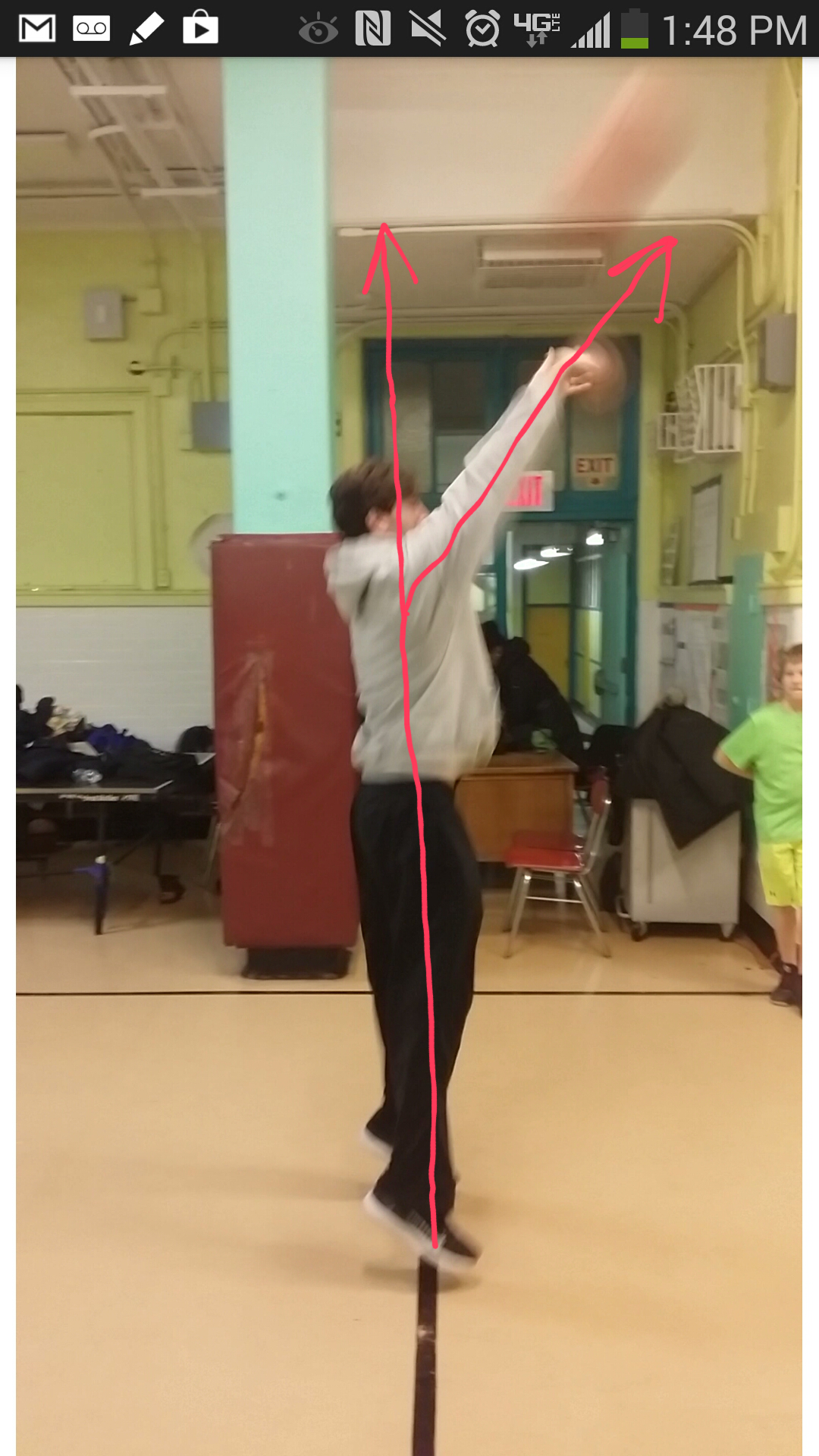 by Emily Faulkner
by Emily Faulkner